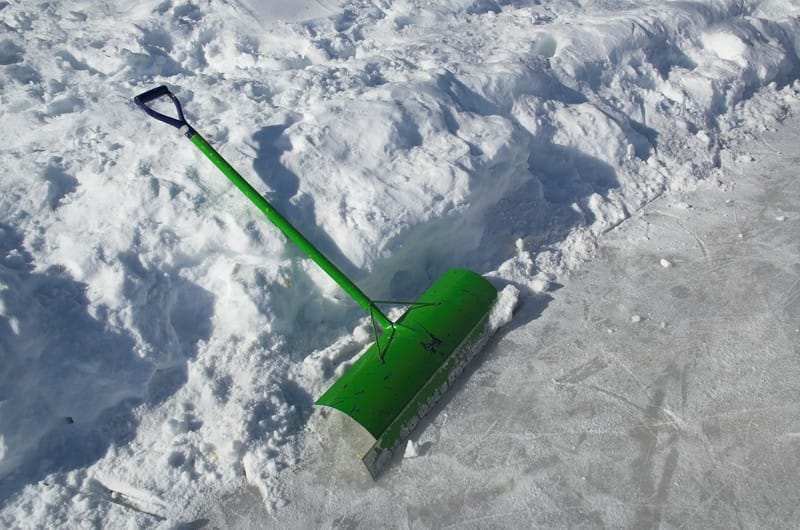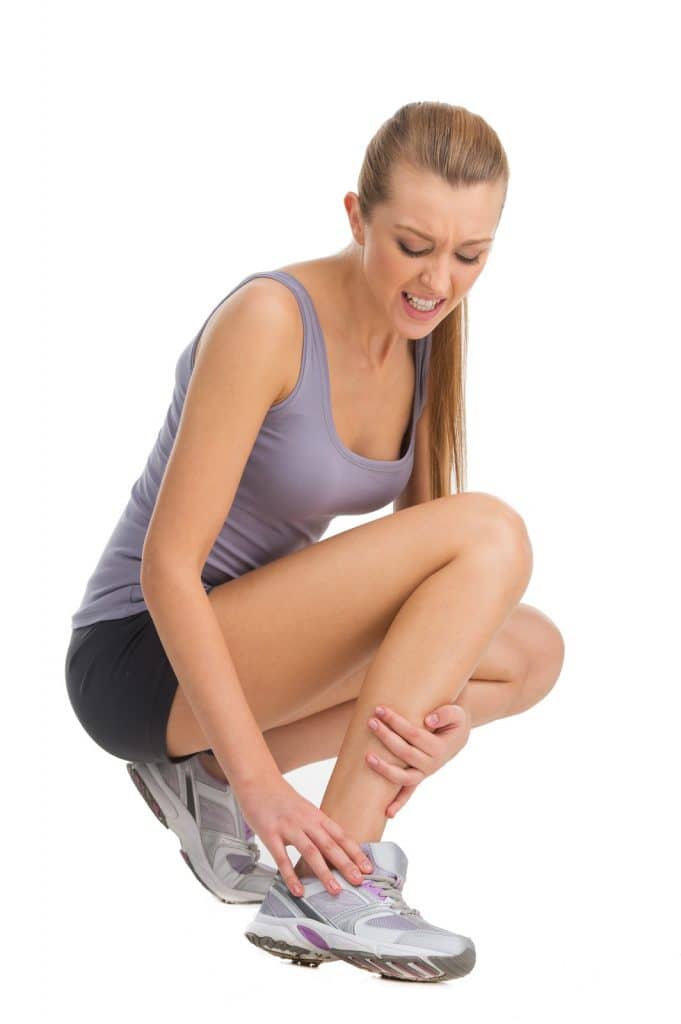
Prevent Back Pain While Snow Shoveling
Would you like to prevent back pain from snow shoveling? Any time that we are using our bodies in a repetitive way, we are stressing the muscles and tearing muscle fibres. That is why after a snow shoveling session we may feel stiff and achy all over. So it is important to know that before we do something as mundane as shoveling the sidewalk, like any workout, we need to warm up and loosen our muscles. For example, try going for a walk around the block first. Dynamic stretching is also great for loosening up the muscles. A dynamic stretch is one in which you move through the stretch but do not hold it for any longer than a few seconds; dynamic stretches are moving stretches.
Snow shoveling stretches
11 Tips from Your Chiropractor to Prevent Back Pain when Shoveling Snow
- Choose a shovel that is suitable to your height. You do not want to be working with a shovel that is going to cause you to stand in
a stooped posture. - The lighter the shovel the better too.
- Use a shovel with a bent shaft.
- Stand with your feet hip distance apart and with one foot slightly behind the other.
- Keep your knees slightly bent, do not hyper-extend them or lock them out, this puts added stress through the knee joint.
- Always try pushing the snow to the side, don’t throw it.
- When it comes time to picking up the snow, keep the load as close to your body as possible and avoid bending at the waist and twisting motions.
- Before you try lifting a load, you should try testing the weight of that load. Remember wet snow is much heavier.
- After you have finished shoveling you should participate in some static stretches. Repeat the dynamic ones, but hold the stretch for a minimum of
20-30 seconds. - Rehydrate yourself! Drink plenty of water after a good bout of shoveling.
- If you didn’t prevent back pain from snow shoveling, ice the sore areas down afterwards. Icing reduces any inflammation that may have occurred. Ice should never be applied directly to the skin, make sure that it is always wrapped in something like a clean towel. Use the 10-10 rule for icing: place the ice on the sore area for 10 minutes, and then remove the ice for 10 minutes, repeat 3 times. Let the area be for about an hour, and if it is still sore ice again.
Snow Shoveling References:
McGorry RW, Dempsey PG, Leamon TB. The effect of technique and shaft configuration in snow shoveling on physiologic, kinematic, kinetic and productivity variables. Appl Ergon. 2003 May;34(3):225-31.
Lewinson RT, Rouhi G, Robertson DG. Influence of snow shovel shaft configuration on lumbosacral biomechanics during a load-lifting task. Appl Ergon. 2014 Mar;45(2):234-8. doi: 10.1016/j.apergo.2013.04.004.
By Chiropractor Dr. Kim Macanuel, Chiropractor at Forces of Nature Wellness Clinic.


